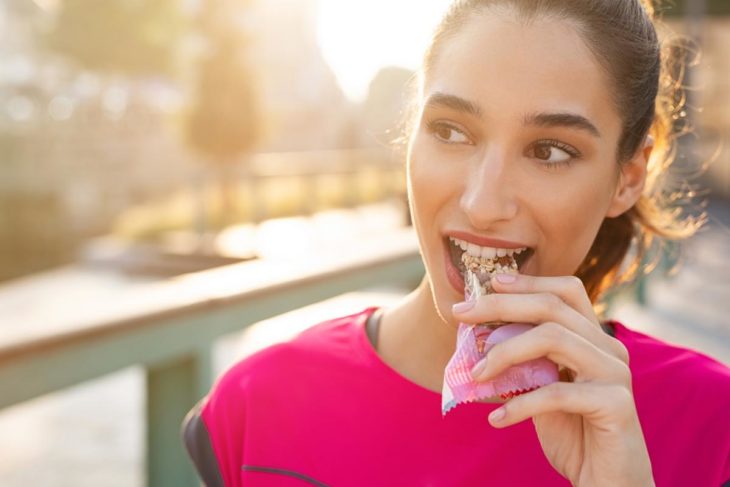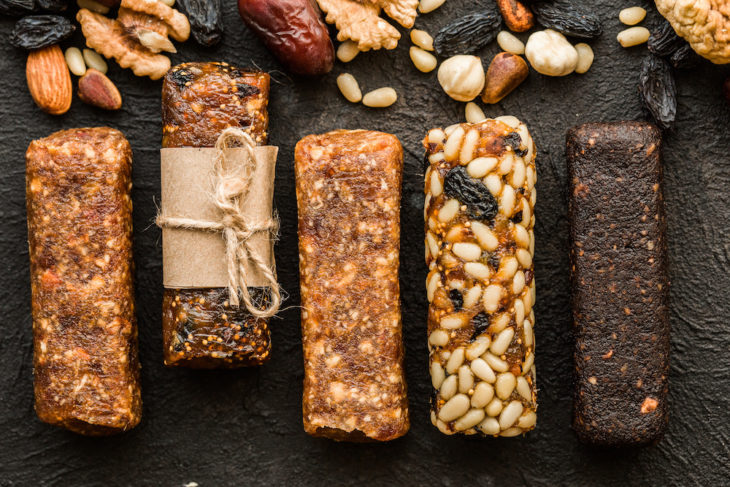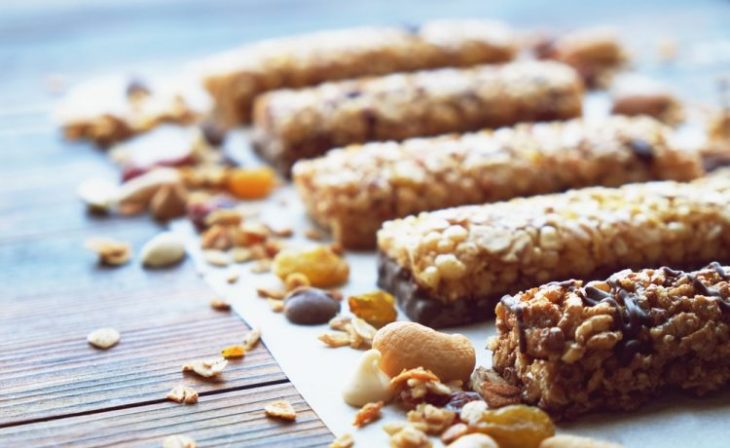Do you check the nutritional composition on the protein bars, or is it enough for you just to call them “protein”? Do you care for their taste or a healthy and balanced protein snack? These decisions must be taken into account when choosing a protein bar. According to the labels, some bars are protein-based, but the truth can be quite different. The truth is that protein content in some bars is much lower than the carbohydrate level. Do you want to afford a good dosage of protein? You don’t want to spend hours sweating in the gym after a single “protein bar”?
Follow these five tips and you will no longer have to distinguish a nice wrap from a healthy and quality protein bar.

Source: Women’s Health
Contents
1. Carbohydrates Are Not The First Ingredient You See On The Wrap
This rule seems quite trivial. Still, you would be surprised how many protein bars contain a similar proportion of sugar to classic chocolate bars. This is used especially for better taste. The more sugar bar contains, the more delicious it is. The mistake is also that most people don’t check the amount of sugar because they’re only interested in the proportion of protein and calories. But this can be very deceptive. Carbohydrates can be the first ingredient in a protein bar despite its high protein content. Carbohydrates are also hidden under various names such as dextrose, fructose, molasses, honey, etc. If you’re looking for a protein supplement, take a look at the content of your bar.
2. A Bar Should Contain At Least 10 Grams Of Protein Per Bar
If you are taking a protein bar to supplement your protein level, you should receive a minimum of 10 grams of protein per bar, ideally more. But if a bar contains less than 10 grams of protein it doesn’t mean it’s a bad snack. On the contrary, a bar with a higher dose of healthy fats and lower protein content will serve as your energy starter for the day and will enrich your breakfast. If you need a quick protein snack, choose a bar containing approximately 20 grams of protein in a single dose. In this case, the primary ingredient on the label is protein. Casein, egg or pea proteins…According to thinkonlifestyle.com, these are all high-quality proteins that are commonly used as protein bar ingredients.

Source: Cozy Stream
3. A Good Protein Bar Contains Less Than 400 Calories
A good protein bar should serve you as a supplement. Therefore, it’s the product that will fill your blank space on the menu. At the same time, it should provide you with essential nutrients such as protein or fiber. Even calories cannot be completely left out of the diet. But if the protein bar has more than 400 calories, it is no longer a healthy diet supplement. For example, if your bar contains 200 calories but only 6 grams of protein, that is less protein than one boiled egg will offer in just 80 calories. If you don’t take care of a balanced protein diet, you will do more harm than good in your body.
4. Your Bar Should Be Rich With Healthy Fats
When counting calories, it’s good to focus on fat too. Remember that no protein bar would taste good without added sugar, salt or fat. So, if there is a small number of carbohydrates in the bar, it will probably contain more fat or artificial sweeteners. As for fats, you should avoid vegetable fats, soybean, rapeseed, palm, sunflower, and sesame oils. Much healthier fats are in the form of coconut oil, nuts, seeds such as chia or nut butter.

Source: jogger
5. Don’t Forget The Fibers
Protein, fat, and carbohydrates combined with fiber are traveling longer than sugar through our digestion tract. Due to this, the body doesn’t feel hungry for a long time. Fiber helps the digestive system, reduces cholesterol levels and helps regulate body weight. Studies have shown that for every 10 grams of fiber we receive – we lose 4% of our belly fat. Therefore, an ideal bar would be the one that contains 3 or more grams of fiber.
